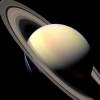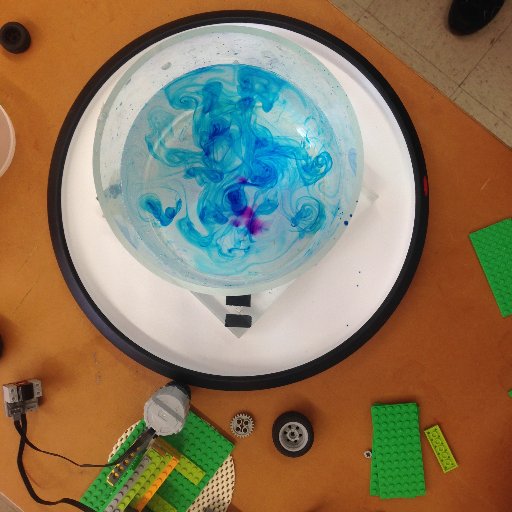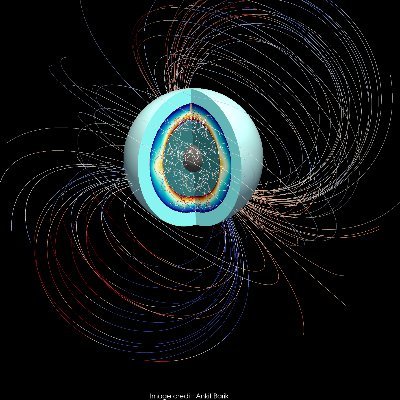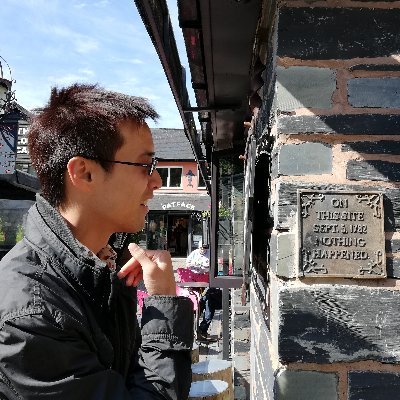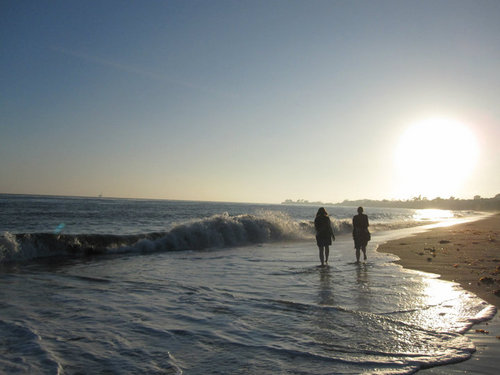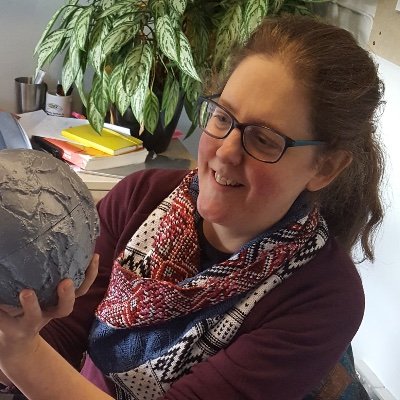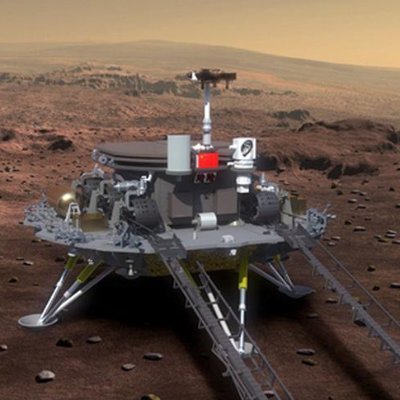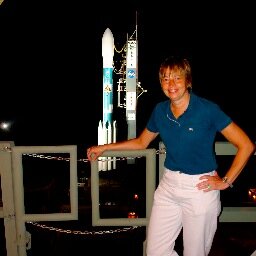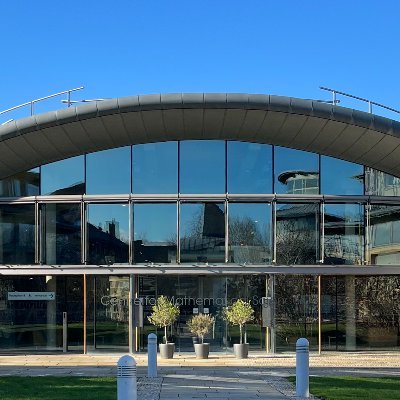
Yufeng Lin (SUSTech)
@lanlin2010Associate Professor in the Department of Earth and Space Sciences, SUSTech Geodynamo & Planetary dynamos, MHD, Tides, Exoplanets
Similar User

@StevenTobias7

@Jo_in_the_flow

@craig_d_duguid

@Enhpad974

@chowlandGFD

@IAGA__AIGA

@ChrisDaviesGeo

@MHDwizard

@s_j_benavides

@ludhovik

@_jennywong_

@rsimitev
Full article: Weakening the effect of boundaries: “diffusion-free” boundary conditions as a “do least harm” alternative to Neumann tandfonline.com/doi/full/10.10…
The moment you've all been waiting for... The masterpiece by the master, @GuramNK 🙌 Thanks to all the attendees, speakers, chairs, organisers, followers and revellers of the Swarm ten year anniversary science conference! 🤩 It's been amazing.

Next up is Yufeng Lin, @lanlin2010, with "Reconstruction of 3-D Core Flow from Geomagnetic Satellite Data"

We developed a core surface flow inversion scheme based on physics-informed neural networks and performed a DMD analysis to the inverted flow. Some interesting wave-like patterns are extracted. See our latest paper in GRL doi.org/10.1029/2023GL… Happy New Year.
#China launches "Macao Science 1" #space exploration #satellites! Our team at @sklplanets is very proud to be a part of this historical launch. #Macau #Science #MUST english.www.gov.cn/news/202305/21…

Very nice piece by @scmpnews on our director Keke Zhang and his research: "A journey to the #magnetic centre of the #Earth – from #space" #China #Macau #PlanetarySciences #Science scmp.com/news/china/sci…
Giant Storms and High Clouds on Jupiter: apod.nasa.gov/apod/ap211229.… by @NASA @NASAJPL @swri /MSSS; Processing & License: Kevin M. Gill

Data from China’s Chang’E-5 lunar sample return mission presented in @Nature shows that the basalt samples are 2 billion years old, which reveals that the Moon’s interior was still evolving at around 2 billion years ago. go.nature.com/3lTxxwU

The lander carrying China's first Mars rover #Zhurong has touched down on the Red Planet, the China National Space Administration confirmed on Saturday morning. Zhurong has been designed to operate in the Red Planet for at least 90 Martian days. more: bit.ly/3ohojdz
Succesful landing of #Tianwen1, on #Mars! Landing point: 109.7 E, 25.1 N, less than 40 km from target location in Utopia Planitia. More details expected later!

Two postdoc positions in geophysical and astrophysical fluid dynamics are available at SUSTech. Candidates can work on planetary dynamos, rotating convection and dynamic tides, but they are free to develop their own projects. Check out here: faculty.sustech.edu.cn/?p=116515&tagi…
Inertial waves to gravity waves. The critical latitudes seem to play an important role in the excitation of both inertial waves and gravity waves.

Our paper on Large-scale vortices and zonal flows in spherical rotating convection is online now @JFluidMech cup.org/3aoXLSo
Ever wondered about the origin of magnetic fields in planets, stars and galaxies? Or how fluid dynamicists can make massive breakthroughs in dynamo theory? All discussed in this @jfluidmech Perspective. Four years in the making 😕. The turbulent dynamo cup.org/2N9SsNQ
China's Tianwen-1 probe successfully entered the orbit around Mars on Wednesday after a nearly seven-month voyage from Earth xhne.ws/qCp5v

The TRAPPIST-1 star is home to the largest batch of roughly Earth-size planets ever found. Now we know even more about the densities of these seven rocky worlds. And the composition of the TRAPPIST-1 planets could be notably different than Earth's! go.nasa.gov/3c78qST

United States Trends
- 1. Kendrick 761 B posts
- 2. Khalid 17,3 B posts
- 3. #AskShadow 28,3 B posts
- 4. MSNBC 246 B posts
- 5. Scott Bessent 16,4 B posts
- 6. Singer 61,6 B posts
- 7. Jonathan India 2.621 posts
- 8. The Warm Up 17,5 B posts
- 9. Reds 14,1 B posts
- 10. Ben Simmons 1.648 posts
- 11. Royals 11,6 B posts
- 12. Drake 96,2 B posts
- 13. Lori Chavez 2.475 posts
- 14. LinkedIn 44,3 B posts
- 15. Luther 55,8 B posts
- 16. Wayne 64,9 B posts
- 17. Brandon Allen 2.522 posts
- 18. Friday Night Lights 1.359 posts
- 19. Joey Wiemer 1.686 posts
- 20. Treasury Secretary 16,6 B posts
Who to follow
-
 Steve Tobias
Steve Tobias
@StevenTobias7 -
 Jo Kershaw
Jo Kershaw
@Jo_in_the_flow -
 Craig Duguid
Craig Duguid
@craig_d_duguid -
 Daphné Lemasquerier
Daphné Lemasquerier
@Enhpad974 -
 Chris Howland
Chris Howland
@chowlandGFD -
 IAGA
IAGA
@IAGA__AIGA -
 Chris Davies
Chris Davies
@ChrisDaviesGeo -
 Ankit Barik
Ankit Barik
@MHDwizard -
 Santiago J Benavides, PhD
Santiago J Benavides, PhD
@s_j_benavides -
 Ludovic Huguet
Ludovic Huguet
@ludhovik -
 Jenny Wong @jnywong.bsky.social
Jenny Wong @jnywong.bsky.social
@_jennywong_ -
 R Simitev
R Simitev
@rsimitev
Something went wrong.
Something went wrong.






